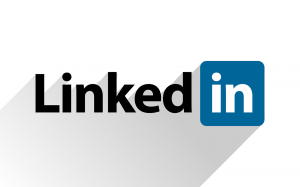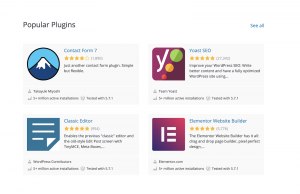
When done correctly, launching a multilingual version of a website can be one of the most effective ways to grow an online business, driving targeted buyers in new territories and carving out a market presence amongst a new audience. Whilst for some businesses, their offerings are very much centred around a specific locality, for others, distance simply doesn’t matter, with great examples being both eCommerce stores and long-distance services which do not require a physical presence to be fulfilled.
Perhaps surprisingly, when a well thought-out multilingual marketing strategy is implemented correctly, presence in a new territory can be generated relatively easily and quickly, especially when approached via the likes of paid search advertising. So long as the website does it’s job and delivers a superior user experience to that of competitors, in a visitor’s own language, there’s no reason why sales and leads cannot start to be seen almost as soon as the traffic appears.
However, we all know deep down that paid search, whilst highly effective at demonstrating a clearly positive ROI, is often seen as a financial burden by uneducated marketing directors (and even more so financial controllers) and that really it’s the organic traffic that brands and businesses alike want a piece of.
It has been reported that 75% of internet users do not make important purchasing decisions unless descriptions are in a language which they can speak and with that in mind, there’s significant opportunities being missed by thousands of brands across the globe who are only offering their website in a single language.
But when it comes to launching a multilingual website, marketers, techies and management alike are faced with a tough decision; either to launch a brand new site on its own ccTLD (country code Top Level Domain – think .co.uk, .de etc) or to keep everything under one roof and launch either as a subdomain or as a subdirectory on a company’s main domain. In many ways, after making the decision of which languages to launch in, this is likely one of the important which will need to be made.
So…which works best? a ccTLD or launching multilingual versions on the same domain as the main website?
ccTLD vs One Main Domain?
One of the most commonly asked questions surrounding launching a brand in multiple languages is whether or not each variant should be launched on its own ccTLD or not and, if going down the route of one main domain, whether translations should be launched on subdomains or in subdirectories.
As a general rule, it usually makes far more sense to keep everything under one roof than to start using multiple ccTLD’s, especially if multiple translations are to be launched. The reason? This generally delivers the maximum impact in terms of search engine rankings.
When launching multiple sites across multiple ccTLD’s, you’re essentially starting from scratch each time when it comes to organic search presence. When keeping everything under one roof, however, you can take advantage of the authority which already exists on the domain and from a marketing perspective, this generally makes far more sense. Ideally, translations would sit in subdirectories (/en/ or /fr/ as an example) however if technical limitations place restrictions upon this, go for subdomains.
Whatever you do, however, spend time reading up on hreflang tags and make sure you’re familiar with how to implement them before launching.
Going Global…
For many brands, it’s far easier to gain a small market share in a new territory than it is to expand a larger market share in a current territory and ‘going global’ with the website is one of the most cost-effective ways of doing this. Whilst, in an ideal world, to launch in a new territory a business would have a presence on the ground including distributors and support staff, however in many industries, this simply isn’t necessary. If you’re an eCommerce retailer with a great shipping and delivery network in place or a long-distance service provider, the world really is your oyster.
Yes, it takes time to consider the implications of going global and to get things right, however in comparison to operating in new territories offline, launching a multilingual website is simple, fast and financially attractive.
Too few businesses are making the most of multilingual marketing and if you’re not currently doing so, ask yourself why not.
Digital & Social Articles on Business 2 Community(89)





